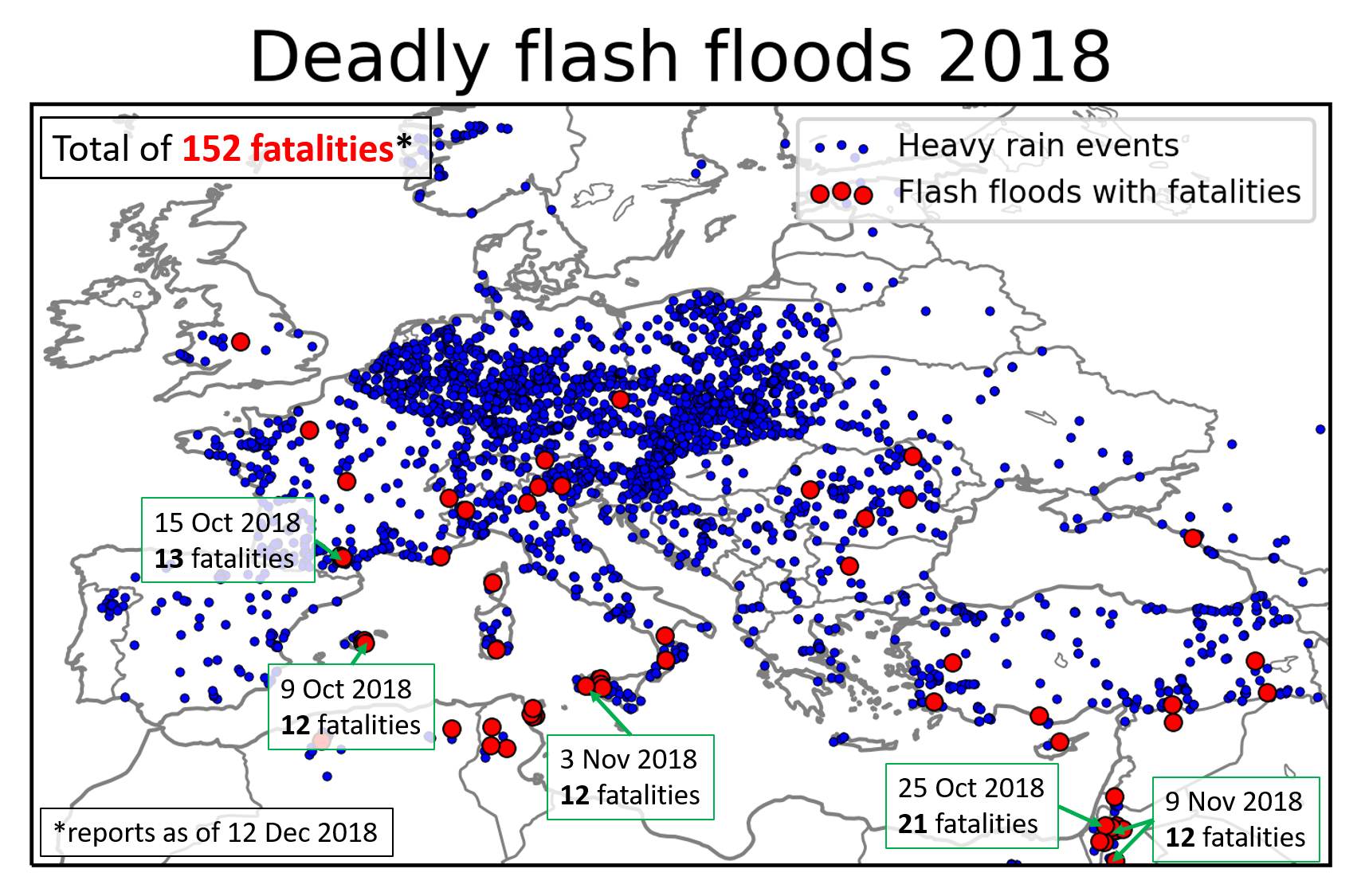We would like to advertise the following seminars that can still be booked for reduced rates until the end of this month:
Our cornerstone seminar “Forecasting Severe Convection I” by Dr. Tomáš Púčik from 25 to 29 March 2019, which combines lectures with practical forecasting exercises. When this seminar was last held in October, it received a very high mean participant grade of 9.9 (on a scale from 0 to 10). Join and boost your ability in forecasting severe convection!
Our specialized seminar “Aviation Forecasting of Severe Convection” by Dr. Tomáš Púčik from 8 to 12 April 2019. In the past years a growing demand for this forecasting course tailored to aviation forecasters, evolved. At this moment, there are only 3 places left for this course. For autumn 2019 there is another such seminar planned.
Our high-level seminar “Dynamics and Prediction of Severe Convection” (Forecasting Severe Convection II) combines lectures from leading tornado and severe weather researcher Prof. Yvette Richardson from Penn State University in the USA, which practical forecasting exercises. This seminar is especially suited for advanced European forecasters, such as shift leaders, warning meteorologists, and to advanced students of meteorology and academic researchers with an interest in forecasting.
The full ESSL activities calendar for 2019 can be found here.



